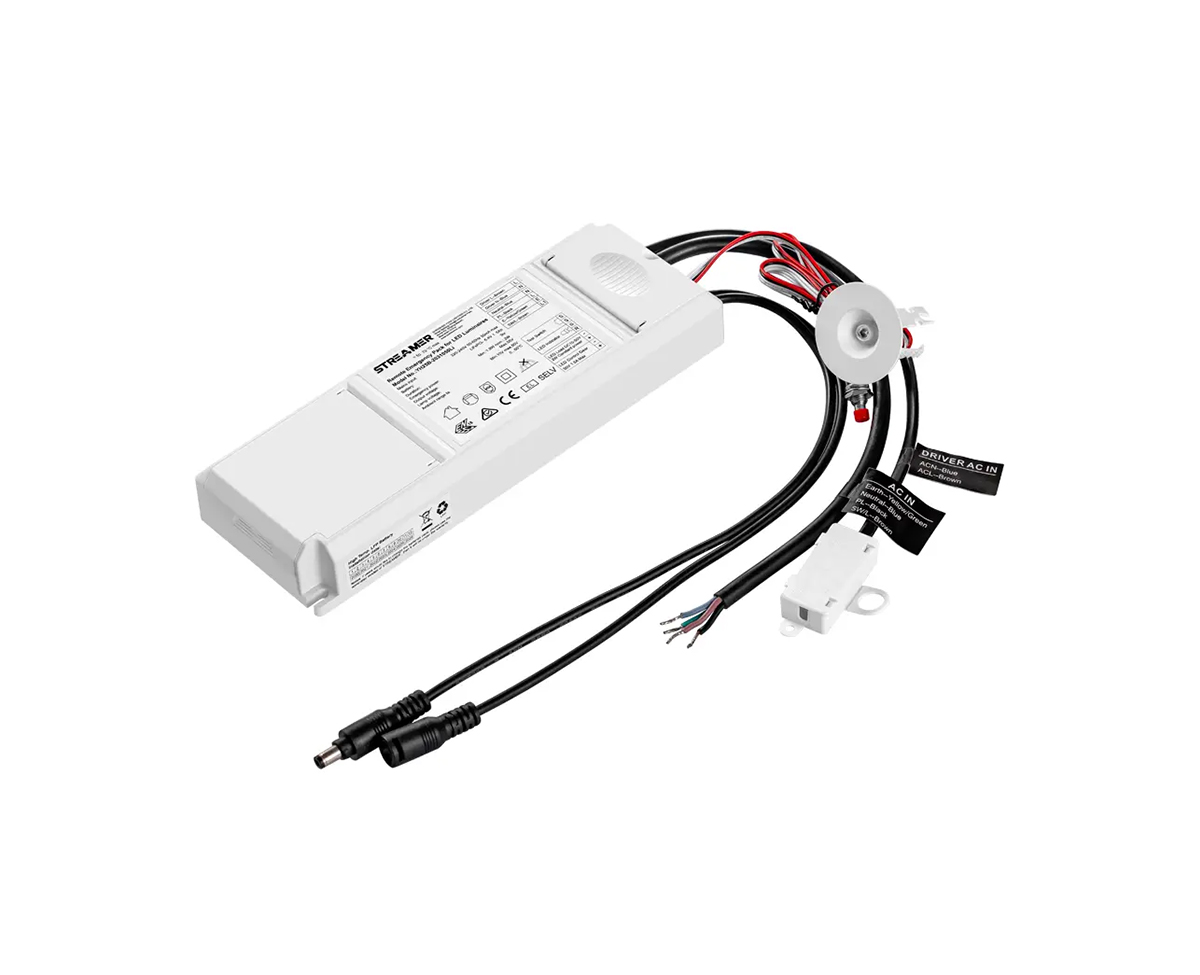 1
1
 Mar 03, 2025
Mar 03, 2025

LED lights have become extremely popular in modern lighting applications due to their energy - efficiency, long lifespan, and high - quality illumination. A frequently asked question is whether LED lights must use drivers.
Reasons for Using LED Drivers
1. Voltage and Current Regulation
LEDs are semiconductor devices that are sensitive to voltage and current. They require a stable and regulated direct current (DC) power supply. Most electrical grids supply alternating current (AC) with voltages that can vary significantly, typically ranging from 110V to 240V depending on the region. LED drivers are essential for converting this AC power to a suitable DC voltage and current for the LEDs. Without proper voltage regulation, an over - voltage situation could cause the LEDs to burn out quickly. For example, if an LED is rated for 3V and 20mA, and it is directly connected to a 12V power source without a driver, the excessive voltage would likely destroy the LED within seconds. A driver ensures that the voltage and current supplied to the LED are within the safe operating range, protecting the LED and ensuring its proper functionality and longevity.
2. Protection Against Electrical Surges
Electrical surges can occur in the power grid due to various reasons such as lightning strikes, switching of large electrical appliances, or power outages and subsequent power restorations. These surges can cause sudden spikes in voltage. LED drivers are designed to protect the LEDs from these surges. They contain components such as capacitors and inductors that can absorb and filter out these voltage spikes. In areas prone to frequent lightning, the use of an LED driver with proper surge - protection capabilities is crucial. For instance, in a coastal region where thunderstorms are common, an LED light without a driver is at a high risk of being damaged by electrical surges, while an LED with a well - designed driver can withstand such surges and continue to function properly.
3. Dimming and Control
LED drivers also play a vital role in enabling dimming and control functions. Many modern lighting applications require the ability to adjust the brightness of the LEDs. LED drivers can be designed to work with dimming controls, such as those based on pulse - width modulation (PWM) or analog dimming. PWM dimming involves rapidly switching the LED on and off at a high frequency, and the duty cycle (the ratio of on - time to off - time) determines the perceived brightness. The driver is responsible for accurately implementing these dimming signals. In a smart home lighting system, the LED driver allows for seamless integration with the home automation system, enabling users to control the brightness of the LEDs using their smartphones or other smart devices.
Exceptional Cases (When LED Drivers May Not Be Strictly Necessary)
1. Low - Voltage DC - Powered LEDs
In some very specific cases, such as when using low - voltage DC - powered LEDs in simple battery - operated devices, an external driver may not be required. For example, in a small keychain flashlight that uses a single 1.5V AA battery to power a few low - power LEDs, the battery voltage is already in the range that the LEDs can handle directly. However, even in such cases, a basic form of current - limiting resistor may be used to ensure that the current flowing through the LEDs is within the safe limit. But this is more of an exception rather than the norm. In most practical lighting applications, especially those connected to the mains power supply, LED drivers are an essential component for the proper and safe operation of LED lights.